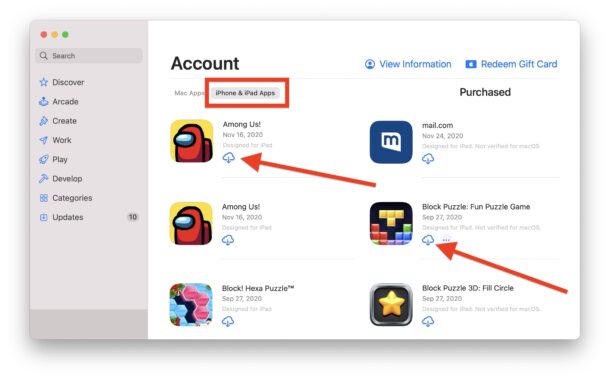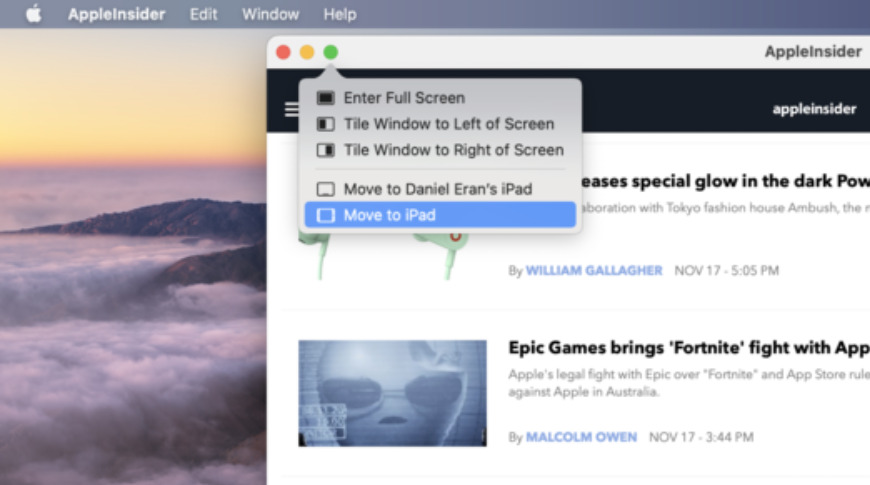


Apple has flipped the necessary sever-side switch to block iPhone and iPad applications from being installed on Apple Silicon Macs. Only apps developed using Catalyst run on both Apple Silicon and Intel. Many people were using tools such as iMazing to complete this process.ĩto5Mac has now confirmed that, starting today, this is no longer possible unless the application is available on the Mac App Store. To run iPhone & iPad apps natively, as is, requires an Apple Silicon Mac. This is the path that many developers have taken, making the necessary change in App Store Connect to remove their app from the Mac App Store.īut with that being said, until today, you could manually install iOS apps like Netflix, Instagram, and Facebook on an M1 Mac by using their respective IPA files downloaded under a valid Apple ID. This means that it is no longer possible to use an app such as iMazing to side load unsupported applications from your iPhone or iPad to your M1 Mac.Īs a refresher, Apple Silicon Macs allow users to run iOS and iPad applications on their Mac, but developers can opt out of allowing their apps to be installed on the Mac. Apple’s new M1 chip was truly a milestone for the company and the whole tech industry. Apple has updated its apps like Pages, Keynote, Numbers, iMovie, Final Cut Pro, etc. You can also check the tweet by Thomas Schranz with a collaborative spreadsheet of a list of Apple Silicon games. For the time being, these are some of the best ways to find out. Now, Apple has officially flipped the server-side switch to implement this change. M1 Compatible Mac Apps Recognized It is a matter of time for developers to make their apps universal.

We don’t expect this to last long, so if there are any iPhone or iPad apps you want on your Mac, download them sooner rather than later using iMazing.Įarlier this week, 9to5Mac reported that Apple would soon start blocking users from side loading iPhone and iPad applications to their M1 Macs. Update January 19, 2021: Apple has reverted this server-side change, and it is once again possible to side-load unsupported iPhone and iPad apps on an M1 Mac.


 0 kommentar(er)
0 kommentar(er)
